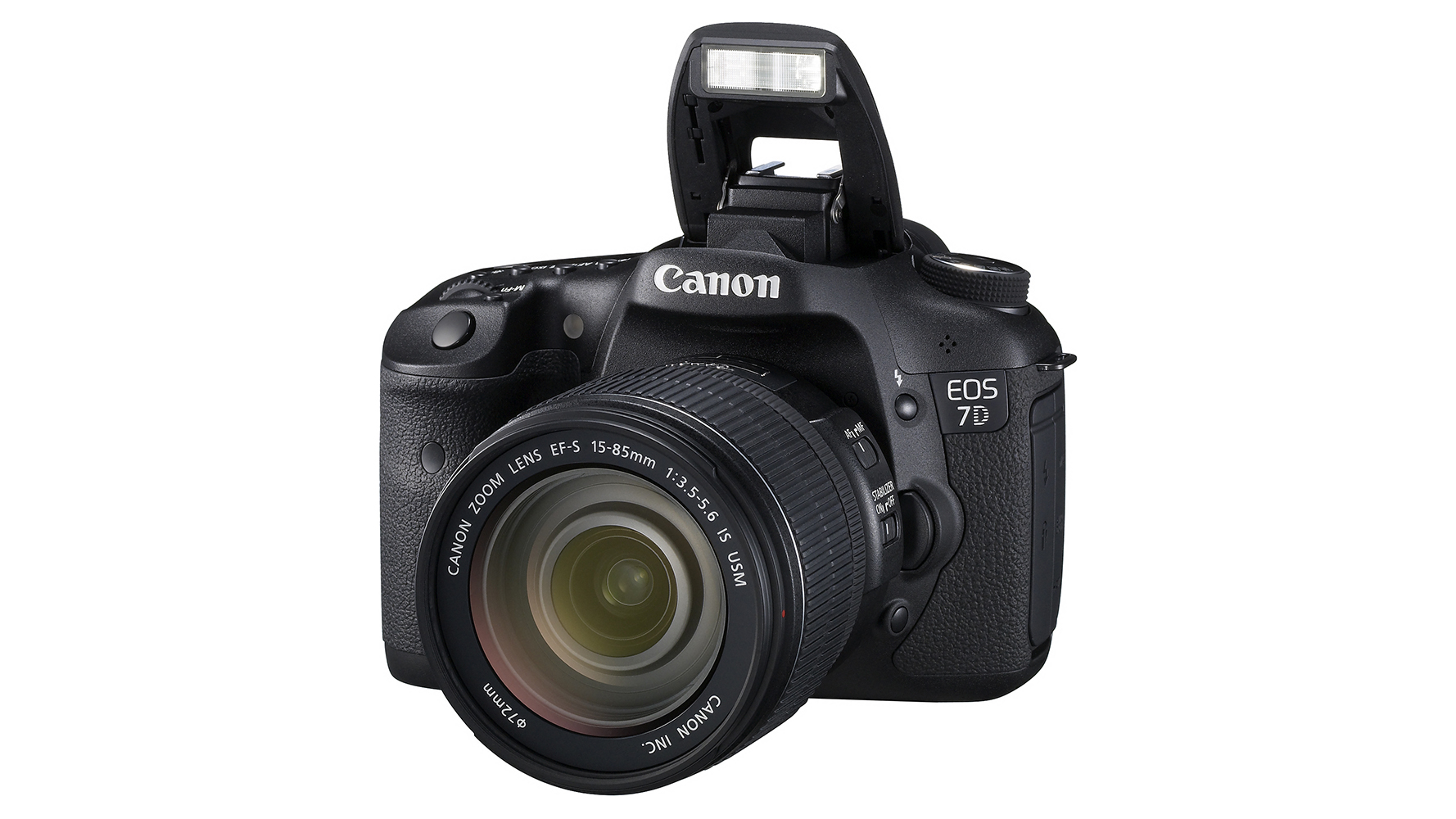Why you can trust TechRadar
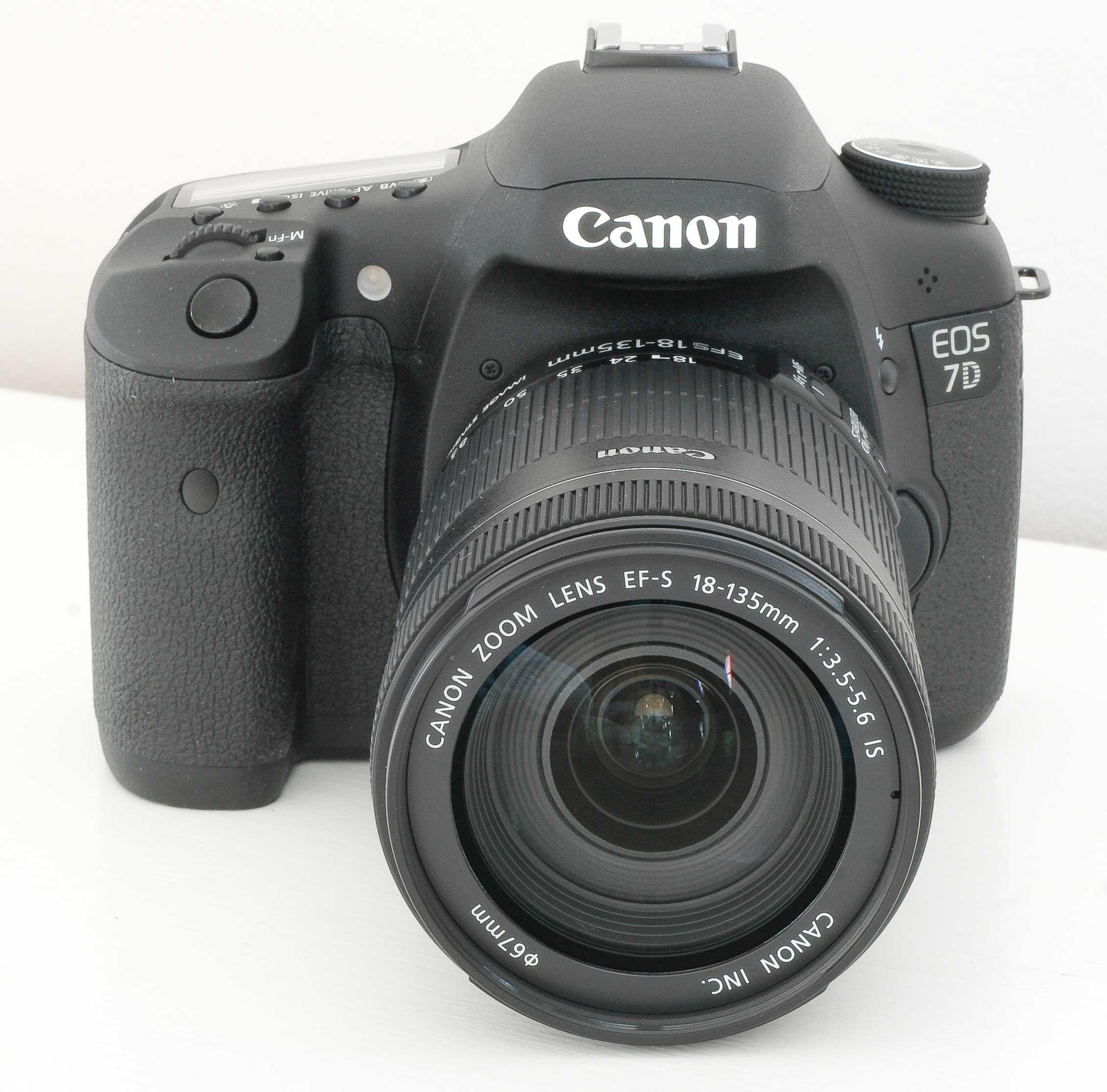
The body is festooned with buttons, which while initially intimidating for beginners, will be unbridled joy for anyone upgrading from a consumer body.
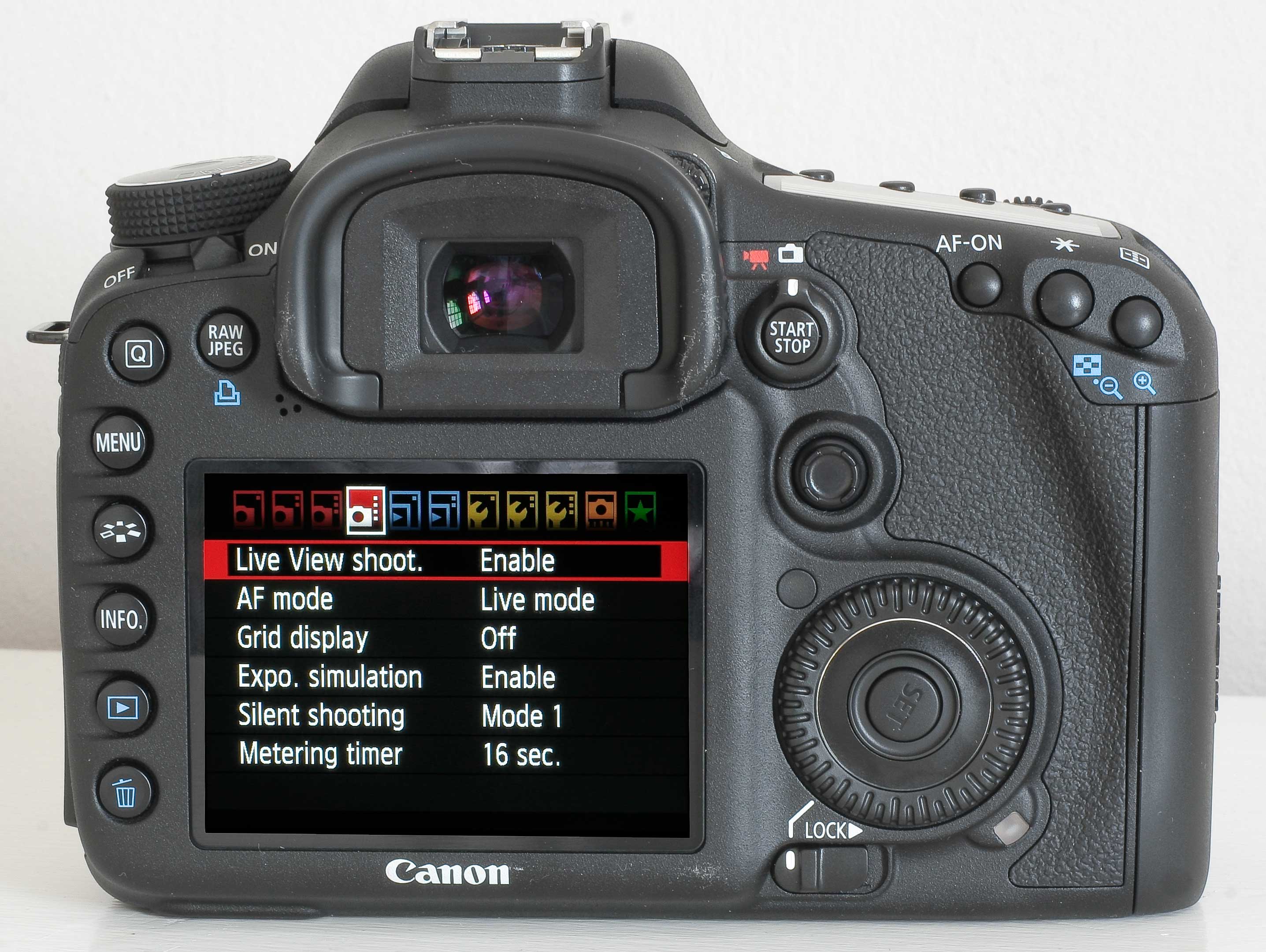
Focus area, drive mode and sensitivity (ISO) are controlled from a row of buttons next to the shutter release. Each of these buttons controls two functions – one button manages white balance and focus zones, for instance – and you choose which setting you want to change by using either the click wheel on the back or the command wheel on the right hand shoulder.
Learning which wheel does what means the 7D has a relatively steep learning curve, but after a while making important changes to shooting modes takes a few seconds, and you'll only need to refer to the onscreen menu system when reaching for more obscure functions.
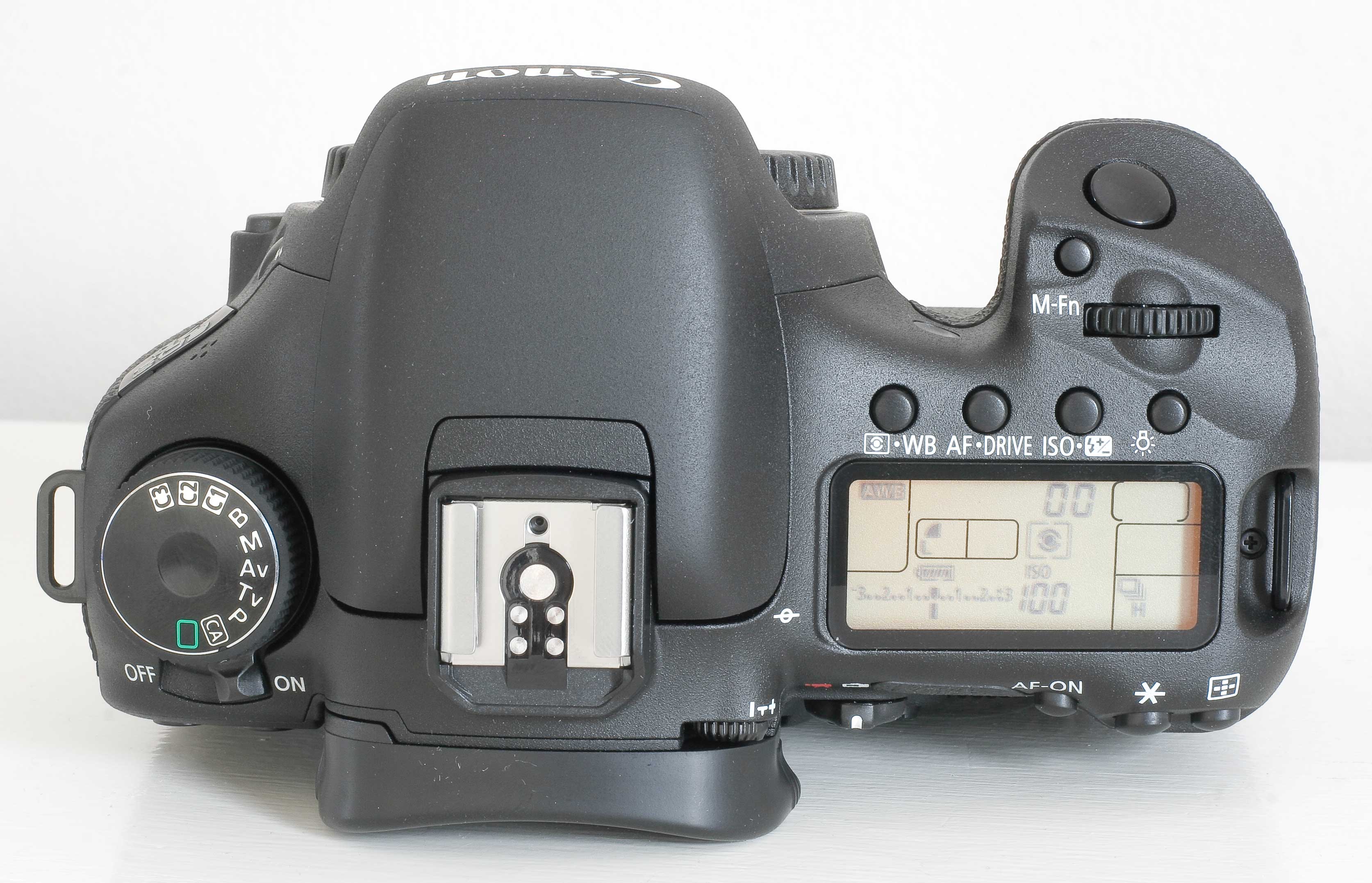
All this is helped by the presence of a secondary LCD screen on the top-plate which shows shooting information. A final button on the top shoulder controls a handy backlight for making changes in the dark.
For those who like checking settings via an onscreen display, the Q button on the camera back gives you a big-screen glance at the camera's settings. The inclusion of a raw/JPEG button is useful for one-off RAW shooting – when faced with a scene with particularly wide dynamic range, for instance.
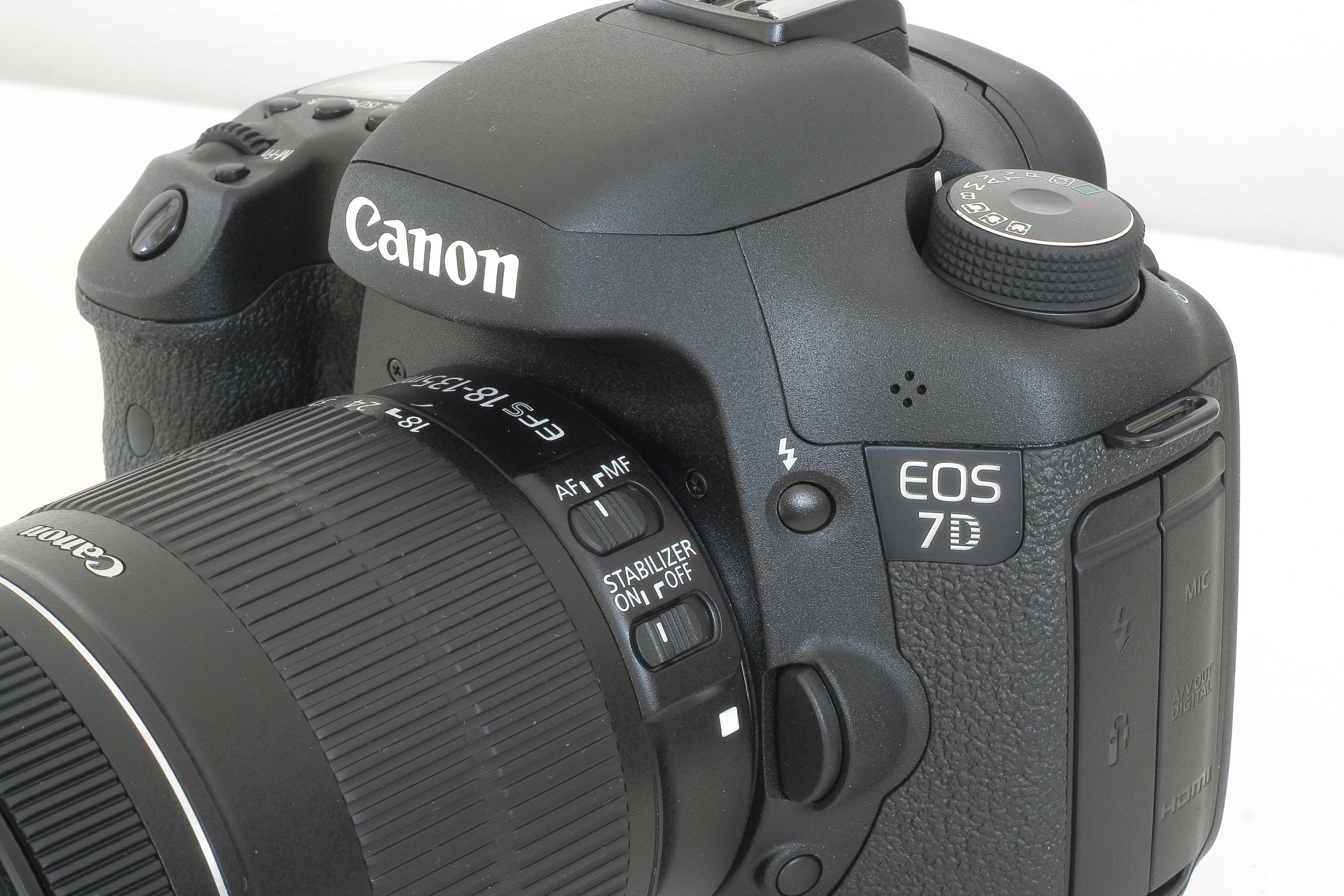
Canon makes a few concessions to those still learning the ropes. Switch the shooting mode to CA and you can make changes with reference to the main screen. Settings such as aperture and exposure are broken down into layman's terms such as BlurredSharp and DarkerBrighter.
And for when all else fails there's always the green square mode for letting the camera handle everything.
Unlike the 5D MKII, the 7D has an integrated pop-up flash. A potential weak spot in the otherwise rock-solid body, the flash feels secure and activates via a reliable-sounding motor release. It is of mixed value - attach a hood to most lenses and the flash will be obscured. However, the 7D was the first Canon to come with an integrated Speedlite transmitter
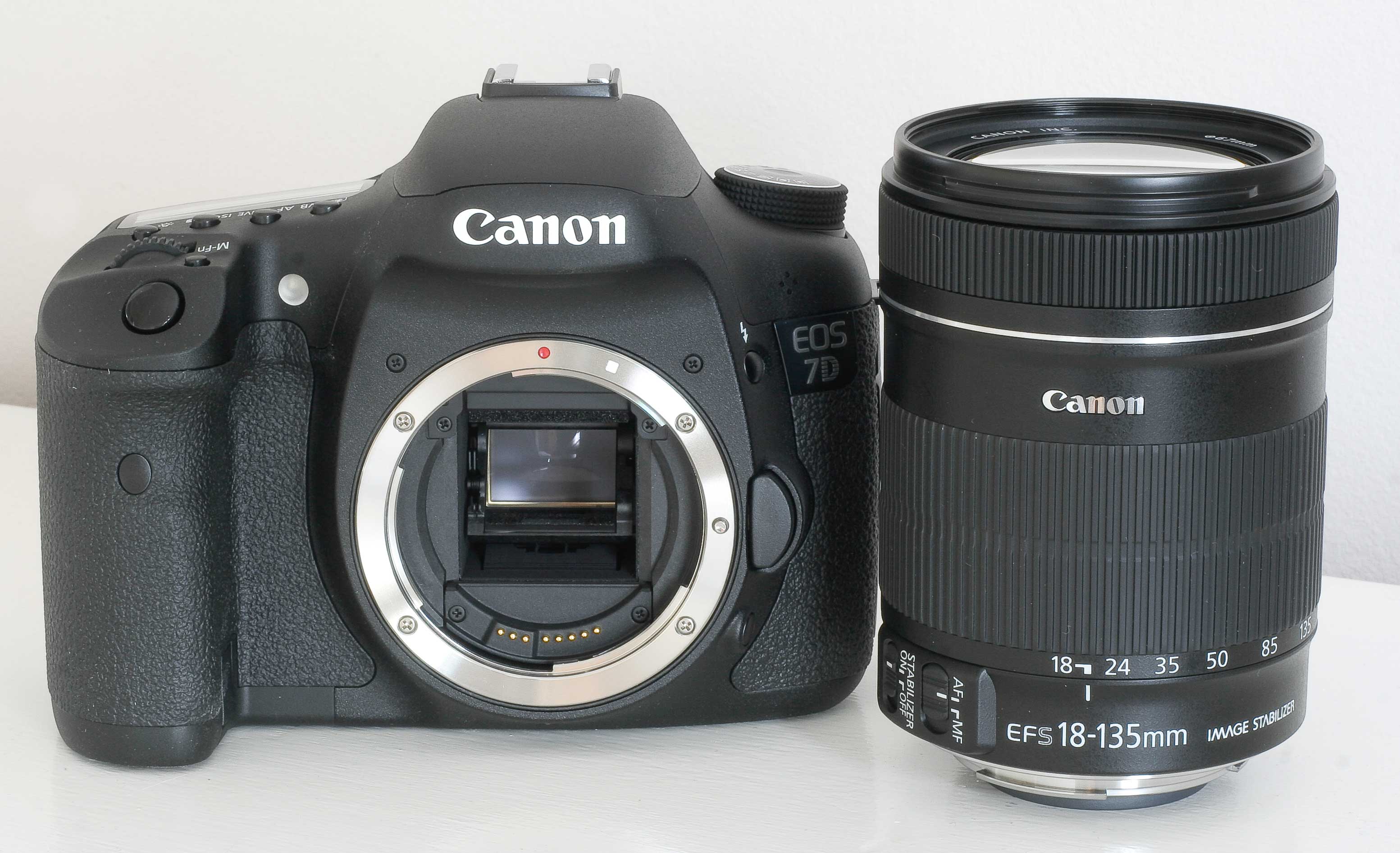
This is immensely valuable for creative flash techniques. If you have a standalone flash you can set it to fire remotely without needing to spend money on a flash transmitter or PocketWizard setup.
Canon states the maximum continuous shooting rate of the 5D MKII is 4fps (four frames per second). In our tests, the 7D was little short of unbelievable. Canon claims it will hit 8fps when a UDMA card is used.
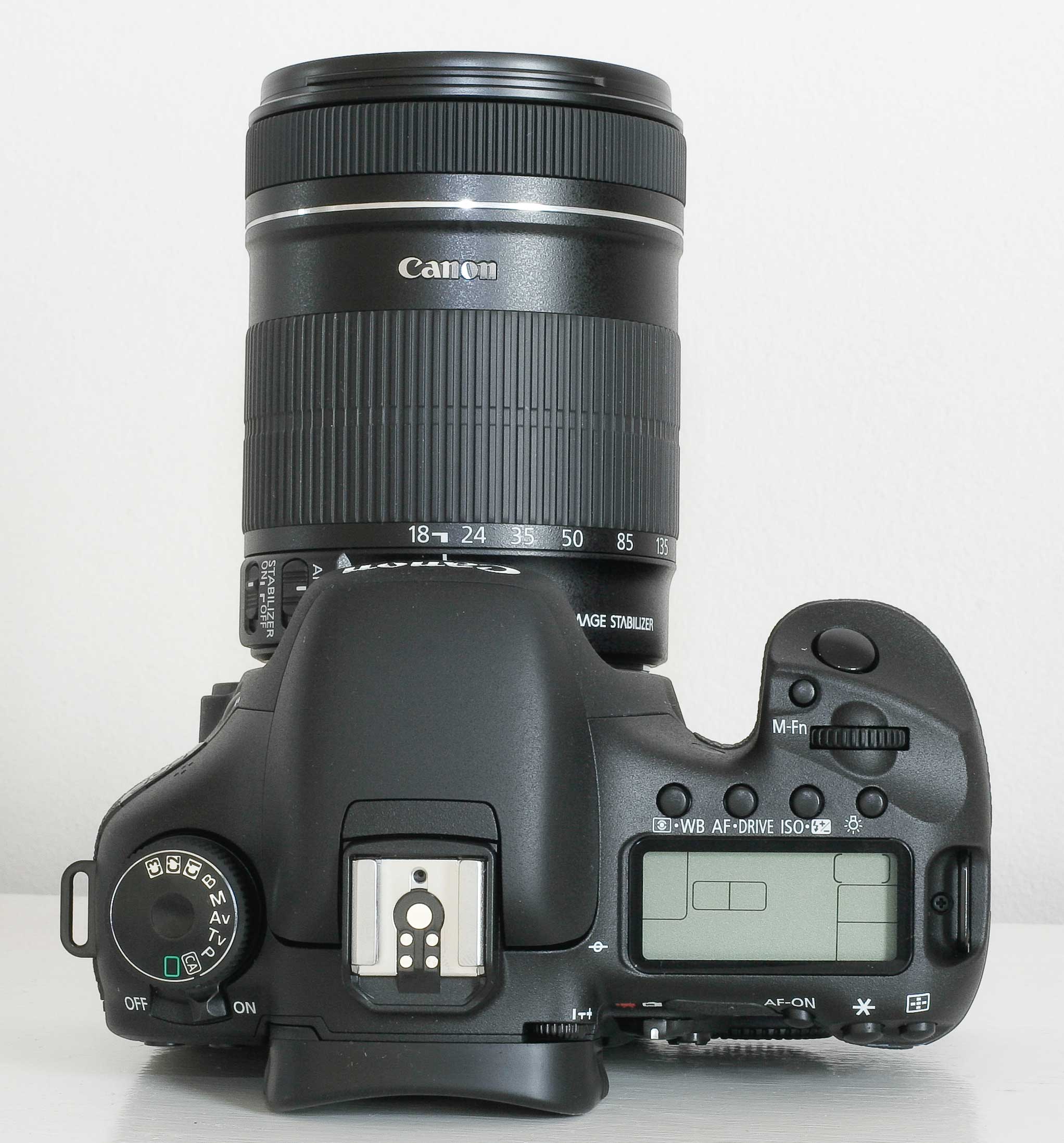
That makes it an incredibly good wildlife camera. There is no shutter lag making it very responsive. It's so responsive, in fact, that there's a second continuous mode that shoots at a more manageable 3.5fps.
The smaller sensor hides another plus for sports and nature photographers – the 1.6x focal length magnification factor means every lens you attach gains a little distance. A 400mm lens on a 5D MKII, for instance, will be a 640mm lens on the 7D, getting you closer to your subjects.
Responsiveness is helped by the 7D's excellent focusing system. It has 19 cross-type focus sensors and in our tests it was only limited only by the speed of the lens' focus motor. It tracks superbly. Interestingly, the 7D's autofocus system is superior to the Canon 5D MKII's. The 5D MKII has nine autofocus points, but only one is the more accurate cross-type sensor, against the 7D's 19.
In total the 7D has five ways of selecting the AF point, but there are 3 in the default setting: Single-point AF, Zone AF and Auto-select 19-point AF.
The first and last of these are standard options similar to those found on most other SLRs. The first enabled the photographer to select the AF point, while Auto-select 19-point AF leaves the decision to the camera. The downside of Auto-select 19-point AF is that it tends to target the nearest object.
In Zone AF mode, the 19 AF points are divided into five zones and the photographer chooses which of these to use. This is a good choice with moving subjects that are tricky to follow with a single AF point.
When AI Servo focus mode is in use with Auto-select 19-point AF mode selected the photographer can select the starting AF point, but the camera tracks the subject as it moves.
Helpfully, when Custom Function III-10 is enabled and one of these automatic AF selection modes selected, the active AF point(s) illuminate. This makes it easier to see if the camera is tracking the correct subject or not.
Two further AF point selection modes can be added to the default list via Custom Function III-6 enables to additional AF selection modes: Spot AF and AF point expansion.
Spot AF mode is the same as single-point AF, but the points are smaller and this allows the photographer to be more precise about the area for focusing.
In AF point expansion mode the photographer selects the AF point manually, but when tracking moving subjects the 7D may also use the surrounding AF points to achieve focus. However, unlike the Auto-select 19-point AF option in AI Servo mode, the surrounding AF points do not illuminate when they are active.
The EOS 7D also has more advanced AF customisation options that allow the photographer to specify how quickly the system adjusts to changes in subject distance. These options are found in the custom menu, AI Servo tracking sensitivity (C.Fn III-1) and AI Servo AF tracking method (C.Fn III-3) and they are designed to avoid things such as the camera focusing on a post or spectators when panning around a stadium following athletes etc.
These options are also found in the EOS-1D Mark IV and EOS-1Ds Mark III, but they are not available in the EOS 5D mark II. Canon has put similar functionality into its new EOS-1DX, but the revised menu system makes it much clearer what each option controls.
Dave is a professional photographer whose work has appeared everywhere from National Geographic to the Guardian. Along the way he’s been commissioned to shoot zoo animals, luxury tech, the occasional car, countless headshots and the Northern Lights. As a videographer he’s filmed gorillas, talking heads, corporate events and the occasional penguin. He loves a good gadget but his favourite bit of kit (at the moment) is a Canon EOS T80 35mm film camera he picked up on eBay for £18.
